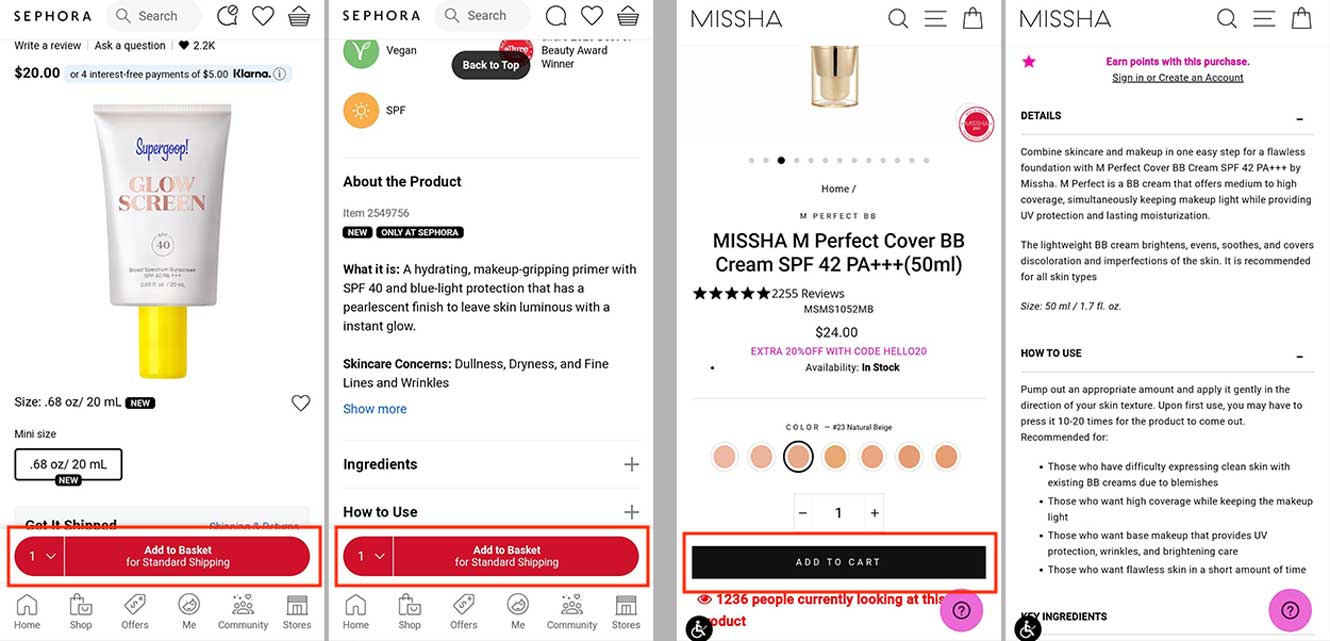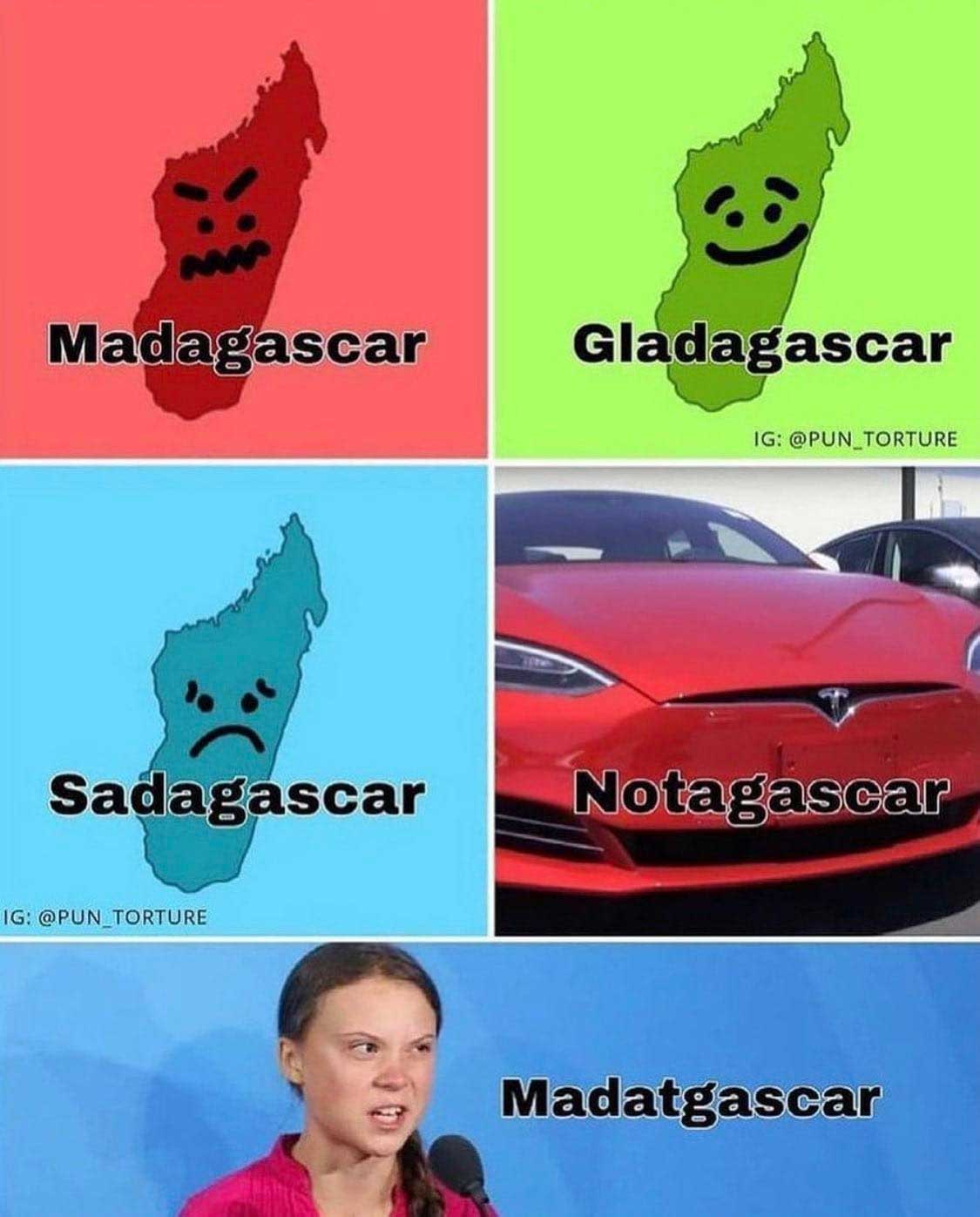A big thanks to our sponsors, who keep this newsletter free for all of you. Check them out—it's the best way to support this newsletter :)
Brought to you by Ortto, execute impressive marketing campaigns that drive business growth with a consolidated customer data, automation and analytics platform. Try it for free.
And by Exclaimer. In 2023, everyone expects a tailored experience. Yet it's become even more difficult to get your messaging and promotions in front of the right people. Email signatures can easily become a piece of digital real estate that gives your marketing efforts an extra boost.
To learn more, get your free white paper on the marketing value of email signatures—your untapped opportunity to reach a high-quality audience without touching your advertising budget. |
Hello everyone, This week we're talking about getting people hooked, acknowledging people's right to choose, and sticky mobile CTAs.
Let's dive in!
As always, if you don't love this newsie, you can unsubscribe at the bottom of this email. Or, if you like what you see or have suggestions for improvement, you can leave us a review through the links in the footer. –Neal |
|
|
Not sure what to focus on to grow?
Just a quick reminder that we're offering 25% off our Growth Program until the end of May.
It's a comprehensive resource to help early-stage founders figure out their growth strategy, increase conversion rates across their assets, and then take action to set up the right acquisition channels for their business. The goal is to walk away with a growth engine in place. Grab the 25% discount before it expires.
(We have a 30-day refund policy in case you start and realize it's not for you.)
1. How to get people hooked
Insight from Hooked: How to Build Habit-Forming Products, by Nir Eyal. Ever realize you’ve been browsing Instagram or TikTok for over an hour? Or find yourself checking them whenever you’re bored? (ie 50 times per day)
That’s because those companies have developed the perfect system to get you completely hooked. They've nailed the Hook Model, a concept from Nir Eyal. It's a four-step process to get people to use a product habitually.
The four steps are: Trigger → Action → Variable Reward → Investment - Trigger: The thing that sets the process off. It can be external or internal.
-
External: Something happens in your environment. An ad, a phone notification, a headline about the economy.
- Internal: Something happens with your own mental state. Maybe you're bored, anxious, or hungry.
-
Action: You take an action based on the trigger, expecting a reward. You saw a headline about the economy, so you check stock prices. The likelihood that you take an action depends on whether you’re:
- Adequately motivated by the reward, relative to the amount of effort required
- Able to perform the action after the trigger occurs
- Variable Reward: We’re more motivated by rewards that are unpredictable. For example, stock prices are different every time. Opening up Twitter gives you a different thing to be annoyed at each time. The rewards can be:
- Social validation, e.g., likes on social media or messages from friends
-
The collection of resources: money, points, prizes
- Personal gratification, like you get when completing or perfecting something
- Investment: This is where you put something into the product or service to make it your own, increasing the likelihood that you'll return. That could be:
- Time, like the time you spend creating a profile
- Data, e.g., choosing your favorite stocks
- The effort it takes to learn how to use the product
- Social capital, like inviting friends or publicizing usage
-
Money: According to the sunk-cost fallacy, we don't like to abandon something after we've invested in it.
SaaS products that benefit from frequent use stand to gain a lot from the Hooked model. Just make sure to use it ethically :). These are the same tools that companies use to get people addicted to gambling. So use them for good to get them addicted to things that benefit their lives.
If you want to hear Nir Eyal speak more about it, check out our interview with him. |
2. Acknowledge people's right to choose
Also from Hooked. This tactic can 2x the likelihood that someone says "yes" to your requests.
And it's hilariously simple. At the end of your request, just add:
"...but you are free to accept or refuse."
Studies have shown that adding those words can significantly increase the chances of a "yes."
For instance, in one study, strangers were asked to give someone money for bus fare. They gave twice the amount when those words were part of the request.
Why do they matter so much?
We hate being told what to do. In contrast, we like to feel understood, respected, and in control. Paradoxically, acknowledging a person's right to choose is enough of a nudge to increase the likelihood that they do what you want them to do. Brains are weird. So give people choice by using either the above phrase or a less-formal variation of it. Some places you can do that: - "But it's totally up to you"
- "It's your choice"
- "Take it or leave it"
|
3. Make product-page CTAs sticky on mobile
Insight from AB Tasty (mobile commerce stat from Statista). With mobile commerce sales hitting $387 billion in the US last year, nailing the mobile buying experience is key. So make your product-page CTAs sticky. That way, it's easier for shoppers to add to cart—no scrolling back and forth to find what they’re looking for.
The luxury brand Baume & Mercier saw clicks on its “Add to Cart” button rise by 78% after making this change. Consider the difference between these product pages from Sephora and Missha: |
Let’s look at Missha first. Once someone has scrolled down to learn more about Missha’s product, they have to scroll back up to find the “Add to Cart” button again and make a purchase.
Meanwhile, someone shopping on Sephora’s mobile site has constant access to the “Add to Basket” button. They even have the option to adjust the quantity they want.
Once someone has decided that they're ready to buy, let them take action immediately. Every bit of thought and effort could make them change their mind. |
Community Spotlight You may have noticed a new section in our newsletter last week: a community spotlight! We’ll be using this space to celebrate wins from the Demand Curve community.
If you've found success with any of our tactics, we'd love to hear about it. Share your growth wins here—you just might get featured in an issue of the Growth Newsletter.
Here are a few things we’re excited about this week: Nick Costelloe, former Demand Curve Head of Content, is running his first marathon this weekend! Congratulations, Nick, we’re all cheering you on 👏 -
Huge props to Eric Partaker for being recognized as one of the Top 20 UK LinkedIn Creators. Eric was in the first cohort of the Un-ignorable Challenge and is now at 70k followers…and counting 💯.
-
Shoutout to Nathalie Lussier, founder of Access Ally, for all her recent podcasting success! Since going through Un-ignorable, Nathalie’s spoken on four podcasts. None of those appearances required any pitching on her end.
Speaking of Un-ignorable, we've just launched a new free email course: Un-ignorable Hooks. As you might've guessed, it's all about crafting killer hooks, with a breakdown of the 12 hook types used in top-performing posts. Sign up to get practical hook tactics and examples straight to your inbox.
|
|
|
News you can use: -
There’s been a lot happening with tech + US government lately. Like: OpenAI CEO Sam Altman’s testimony to Congress, Supreme Court rulings that mean big things for online platforms and copyright, and Montana banning, then getting sued by, TikTok.
-
Meta’s had quite a bit going on recently too, including testing on a new ad format that helps users find relevant sales and promotions. They’re also working on a text-based app for Instagram, planned for release this summer. Maybe they saw the news that a quarter of US adults who use Twitter say they’re unlikely to still be using it a year from now.
-
Google’s AI plans are wide-ranging—everything from allowing advertisers to generate media assets, to suggesting video ideas for YouTube content creators. And, of course, search. The Verge has a helpful explanation of Google’s plans for AI search (“Google executives … see it as a foundational
long-term change to the way people search”).
- Random stats worth knowing about:
- 1%: Chrome users that Google says will have third-party cookies turned off in Q1 of 2024
-
25%: New Netflix subscribers who are opting in for their ad-supported tier, where it’s available. No wonder other media companies are pursuing ads too.
-
50%: Product searches that start on Amazon (which, no surprise here, has its own plans for incorporating AI into search)
Tool we recommend: CommonRoom*
70% of the typical SaaS tool evaluation process happens in the dark funnel before your sales reps engage. Innovative growth and marketing teams use Common Room to tap into that dark funnel activity to build pipeline, accelerate deals, and drive more revenue. Unify your view of the customer journey, monitor target accounts for buying signals, flag high-intent prospects for sales, and much more—all from Common Room.
Want to see for yourself? Get started with these growth playbooks. Psst... DC members who either book a demo or start a free trial and connect a source qualify for a 15% discount on paid plans.
*Sponsored by CommonRoom |
|
|
Top new marketing jobs
If you're looking for a top growth role, check out the opportunities below from our job board. |
|
|
What did you think of this week's newsletter?
😍 Loved it | 😄 Great | 🙂 Good | 🤷♀️ Meh | 🤬 Bad
If you enjoyed this, please consider sharing it with a friend. These newsletters take hours to make each week, so it really helps when you share us with fellow founders and marketers.
Who's Demand Curve?
We’re on a mission to help make it easier to start, build, and grow companies. We share high-quality, vetted, and actionable growth content as we learn it from the top 1% of marketers. We democratize senior growth knowledge. How we can help you grow: -
Read our free playbooks, blog articles, and teardowns—we break down the strategies and tactics that fast-growing startups use to grow.
- Enroll in the Growth Program, our marketing course that has helped 1,000+ founders get traction and scale revenue.
Check out our Sprints: short video courses that are laser-focused on a topic in growth.
Want to build an audience of buyers? Join the waitlist for the Un-ignorable Challenge. -
Are you a funded startup looking to grow? Our agency, Bell Curve, can be your strategic growth partner.
Get your brand in front of our audience by sponsoring this newsletter.
See you next week.
— Neal, Grace, Joyce, Dennis, and the DC team. |
|
|
© 2023 Demand Curve, Inc. All rights reserved. 4460 Redwood Hwy, Suite 16-535, San Rafael, California, United States
Unsubscribe from all emails, including the newsletter, or manage subscription preferences. |
|
|
|







